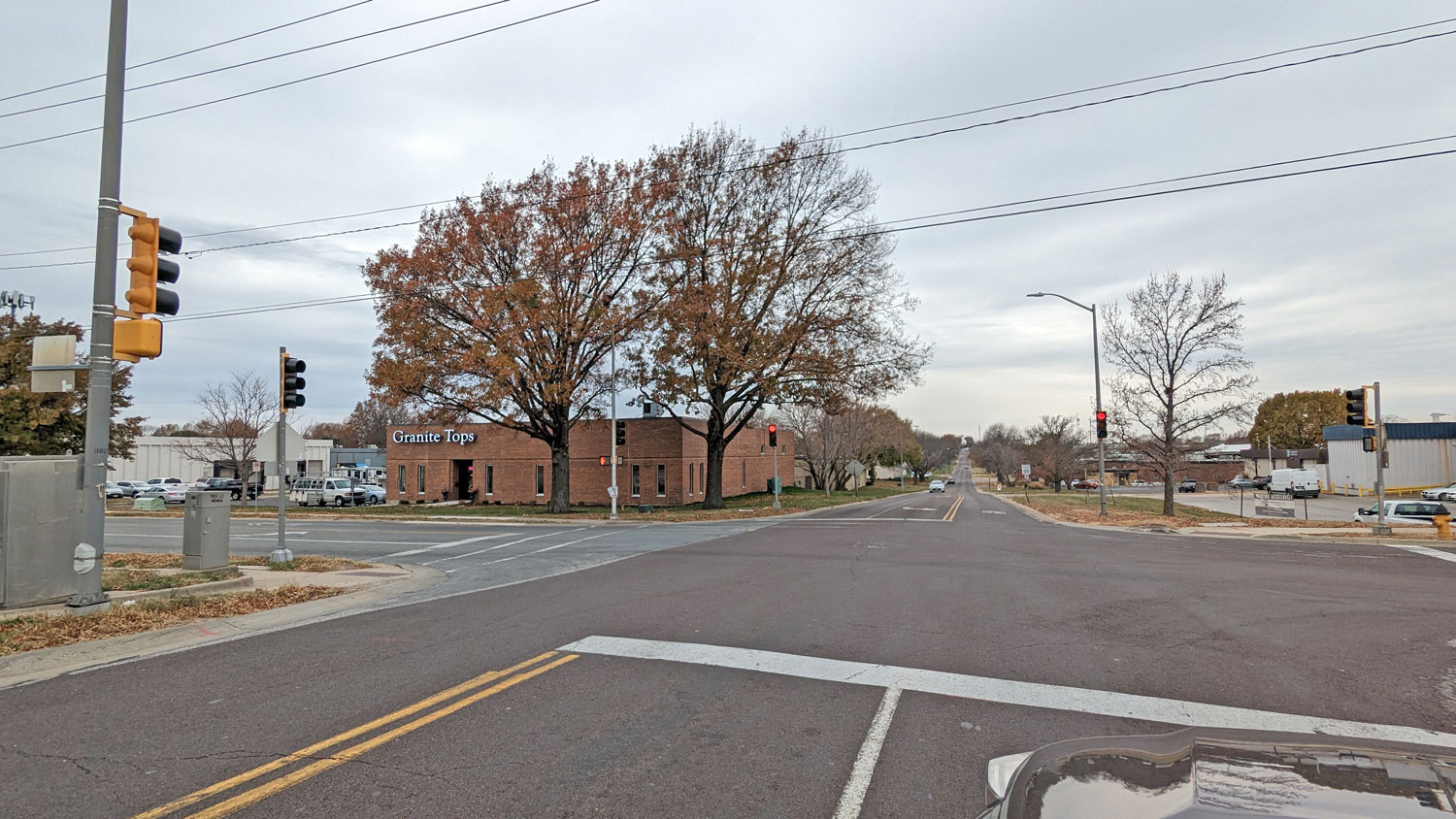
An intersection that has been controlled by a traffic signal for 40 years may soon become a four-way stop.
City traffic engineers are studying the intersection at 91st and Nieman to determine whether traffic flows more smoothly as a four-way stop, rather than a signalized intersection.
Currently, the intersection is controlled by a traffic signal in all directions. At times, drivers may wait for a red light to turn green, even when no traffic is coming from the other direction.
This traffic signal has reached the end of its useful life, and the intersection has seen a significant decline in traffic volume since installation of the signal.
Study process
Traffic signals will remain at the intersection while engineers complete their study, which will begin on November 29.
Throughout the study, instead of running the typical red-yellow-green pattern, all traffic signals at the intersection will operate in flashing red status.
Drivers should treat this intersection the same as they would for a four-way stop.
After 90 days, engineers will analyze traffic data and determine whether to remove the lights and replace them with stop signs or pursue another option.
Why now?
Overland Park’s traffic engineers study traffic volumes across the City on a regular basis.
An August 2022 traffic study of 91st and Nieman indicated approximately 2,700 vehicles use Nieman in this area per day, compared to 8,700 vehicles per day in 1982, when the signal was installed.
In 1982, nearby thoroughfare Quivira Road was not a through street over I-35, meaning Nieman Road carried more traffic between 87th and 95th Streets. The Quivira overpass was built in the early 1990s.
The 2022 traffic volume numbers do not meet federal or City standards requiring a signalized intersection.
The City’s Public Works Department also consistently monitors infrastructure for maintenance needs.
If it were to remain, the signal at this intersection could cost approximately $450,000 to rebuild.
